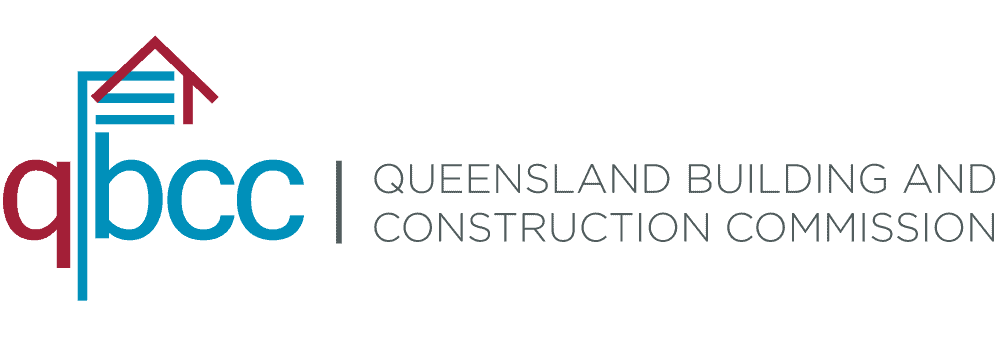What Are the Common Risks in Property Development and How to Mitigate Them?
Commercial property development in Brisbane and the Gold Coast presents enormous growth potential, with both regions experiencing ongoing demand for high-quality office, retail, and industrial spaces. However, like any large-scale investment, these projects come with a unique set of risks. From navigating complex regulatory frameworks to managing escalating build costs and responding to unpredictable market conditions, developers face challenges at every stage. Without proper preparation, these risks can compromise both timelines and profitability.
The good news is that many of these issues can be anticipated and controlled with thorough planning, informed decision-making, and professional support. In fact, proactive risk management often transforms potential setbacks into opportunities for creating more resilient and competitive developments. This blog will explore the most common risks associated with commercial property development and outline practical, localised strategies for mitigating them effectively in Brisbane and the Gold Coast.
Regulatory Delays Can Stall Commercial Timelines
Few things are more frustrating for commercial developers than approval delays. Planning frameworks constantly evolve in growing cities like Brisbane and the Gold Coast, and commercial developments are often subject to strict compliance requirements.
To reduce the risk of timeline blowouts, developers should:
- Engage early with planning authorities to clarify zoning requirements, especially for commercial or mixed-use projects.
- Use experienced town planners who are familiar with local codes and can anticipate likely conditions or objections.
- Allow buffer time in your project schedule to accommodate additional assessment stages, particularly for larger-scale builds or change-of-use applications.
Site Constraints That Affect Design and Viability
A site may look ideal on paper, but hidden physical limitations can significantly impact project viability or construction costs. Common examples include uneven topography, poor soil conditions, flood risks, or limited vehicle access.
To identify and overcome site constraints, developers should:
- Conduct geotechnical testing before committing to any civil works or foundations.
- Review flood mapping and overlay codes to understand drainage and design restrictions.
- Assess access requirements early for deliveries, machinery, and tenant operations—especially in tight infill sites.
- Bring civil and structural engineers during the initial feasibility phase to ensure development suitability.
Cost Overruns from Poor Budget Forecasting
In the current climate, price volatility for labour and materials is a common issue in property development in Brisbane. Cost overruns can derail returns, especially in fixed-lending or joint venture arrangements.
To keep commercial build costs under control, it’s essential to:
- Invest in a detailed feasibility study considering construction staging, consultant fees, and statutory charges.
- Include realistic contingency allowances for services, soil remediation, or external works.
- Monitor prices regularly and reconfirm contractor quotes before committing to final budgets.
- Choose design-and-construct contracts with built-in escalation clauses to help balance risk between developer and builder.
Construction Risks & Contractor Reliability
Most budget and timing risks materialise in the construction phase. Contractor insolvency, delayed trades, or supply shortages can all lead to significant project setbacks.
To reduce construction-related risk in your development, consider these approaches:
- Pre-qualify builders and subcontractors based on local track records and capacity.
- Use performance-based contracts with clear KPIs, timelines, and penalties for late delivery.
- Stage procurement early for long-lead items such as lifts, HVAC systems, or switchboards.
- Implement frequent site inspections and reporting to keep developers, financiers, and stakeholders aligned.
Market Volatility & Demand Shifts in Commercial Sectors
Brisbane and the Gold Coast have dynamic commercial property markets. Demand can shift rapidly due to changes in work culture, infrastructure projects, or broader economic pressures.
To future-proof your development against market fluctuations:
- Conduct thorough demand analysis specific to your asset class—office, industrial, retail, or medical.
- Design for flexibility, such as split tenancies, adaptable internal layouts, or future-proofed compliance.
- Stay up to date with infrastructure planning (e.g., Cross River Rail, Olympic precincts), which may affect supply and demand trends.
- Work with local agents during concept design to match proposed GFA and fit-out specs with current tenant expectations.
Environmental & Heritage Constraints
The Gold Coast and parts of Brisbane have layers of environmental regulation that may affect commercial sites. These include bushfire overlays, vegetation protection, heritage listings, or coastal management zones.
To manage environmentally sensitive sites effectively:
- Engage environmental and heritage consultants during site acquisition to flag any constraints.
- Review local overlays and state mapping for vegetation, flood, coastal, or acid sulphate triggers.
- Allow time in your DA process for specialist reports and referrals if the council requires.
- Work collaboratively with design teams to adjust layouts or retention zones where necessary.
Financing Risks & Lender Requirements
Lending remains one of the more complex areas of risk in commercial property development. Shifting interest rates, serviceability criteria, and lender pre-sale requirements can all delay or derail projects.
To avoid funding-related delays:
- Engage with lenders early and understand their specific risk appetite for commercial projects.
- Work with finance brokers or advisors who understand Brisbane’s development funding landscape.
- Prepare comprehensive feasibility reports with cash flow forecasts, sales schedules, and exit strategies.
- Consider staged drawdowns or milestone-linked funding arrangements to spread risk and improve liquidity.
Delays in Service Infrastructure Provision
Even when the building is ready, commercial projects can stall due to incomplete service infrastructure. Delays in water meters, electrical connections, sewer approvals or telecommunications can prevent tenants from occupying the space.
To minimise the risk of handover delays:
- Where applicable, liaise with utility providers early, including electricity, sewer, stormwater, and NBN.
- Build infrastructure lead times into your programme—many authorities require weeks of processing.
- Design for staged occupation, allowing some portions of the site to operate while others wait for services.
- Maintain a close relationship with civil consultants to ensure authority approvals are tracked and expedited.
Partner With a Commercial Development Team That Plans for Every Risk
At Centro Concepts, we work with commercial developers across Brisbane and the Gold Coast to identify, manage, and reduce the risks involved in complex property projects. From feasibility and concept planning to DA coordination and contractor tendering, we provide strategic oversight that keeps developments on track and compliant with local requirements.
If you’re planning a commercial property development on the Gold Coast or in Brisbane,
get in touch with
our team today for a tailored consultation and risk-mitigation strategy that supports your goals.













